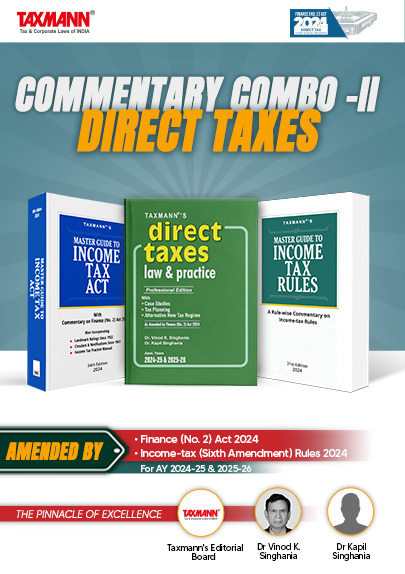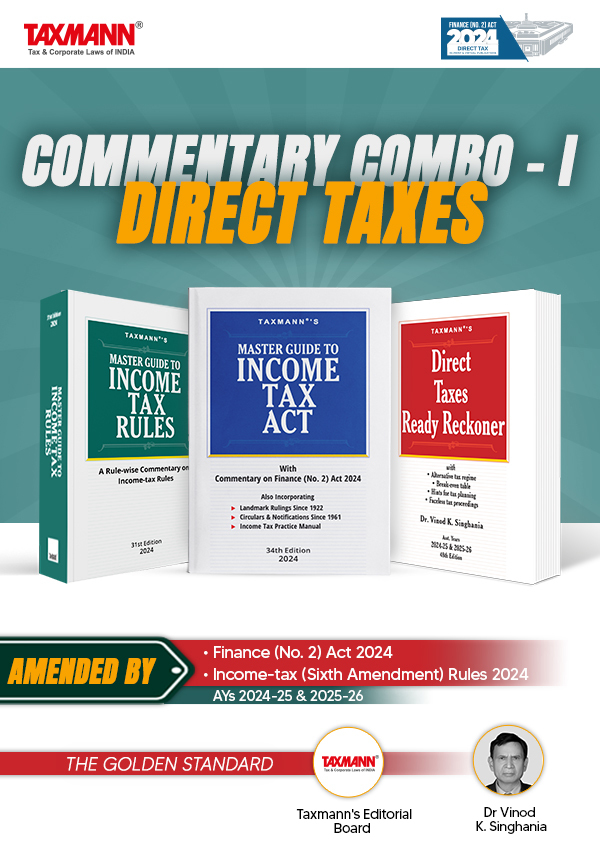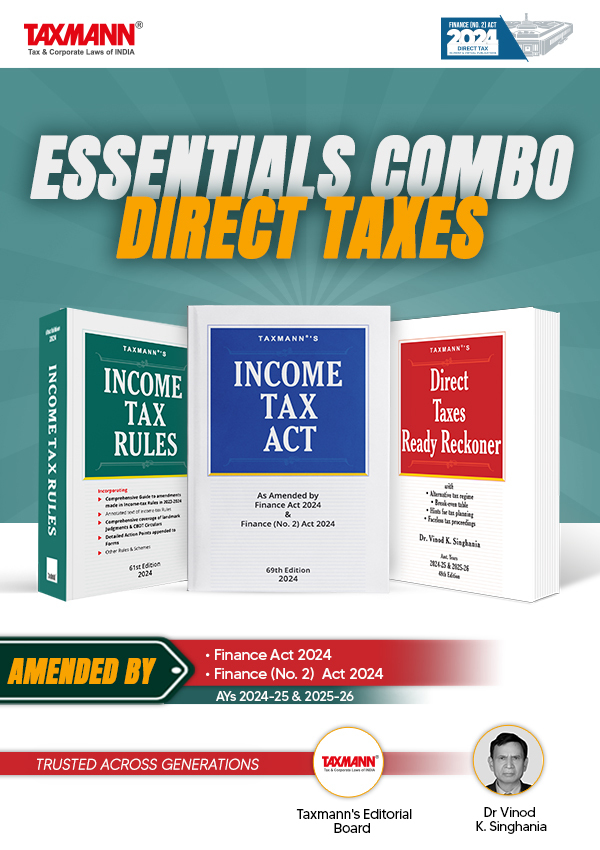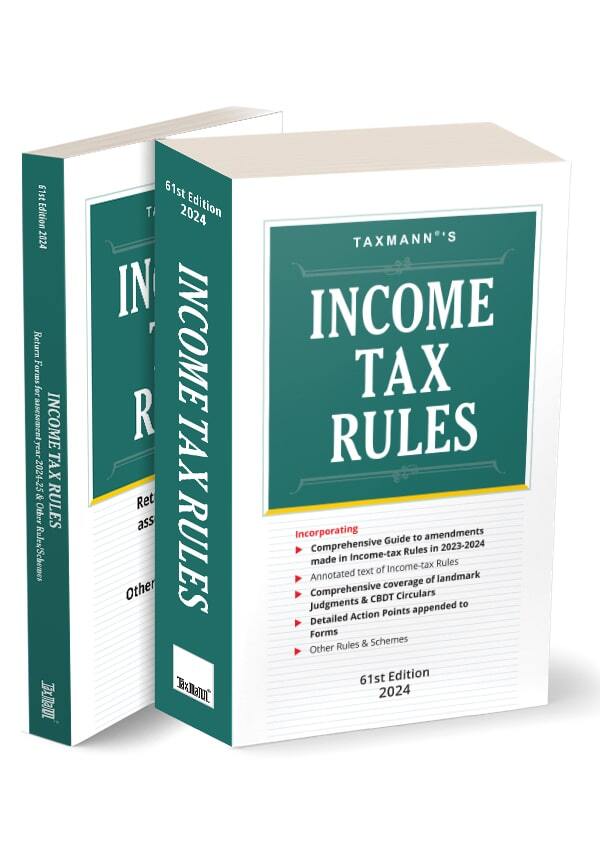Addition Due to Stock Undervaluation Capped at 25% as Assessee Provided Stock Statements Duly Verified by CAs
- Blog|News|Income Tax|
- 2 Min Read
- By Taxmann
- |
- Last Updated on 27 December, 2023
Case Details: Principal Commissioner of Income-tax-1 v. Gujarat Insecticides Ltd. - [2023] 157 taxmann.com 518 (Gujarat)
Judiciary and Counsel Details
-
- Bhargav D. Karia & Niral R. Mehta, JJ.
- Nikunt K Raval for the Appellant.
- Manish J. Shah for the Respondent.
Facts of the Case
During the relevant assessment year, the assessee furnished its return of income. However, in the scrutiny proceedings, the Assessing Officer (AO) made additions with respect to the undervaluation of closing stock. In response, the assessee furnished various stock statements segregating into saleable and non-saleable stocks of various locations.
Even though the stock statements were physically taken and verified by the firms of Chartered Accountants, wherein it was certified that the stocks had expired, damaged, leakage or unsaleable from the total stock, the AO rejected the contention made by the assessee and continued to make the additions.
Aggrieved by the order, the assessee filed an appeal to CIT(A), who dismissed the appeal. Thereafter, the assessee challenged the order before the Surat Tribunal. The Tribunal, by the impugned order, restricted the addition to 25% on the ground that the AO did not bring any contrary evidence on record to disbelieve the contention of the assessee.
The matter then reached the Ahmedabad High Court.
High Court Held
The High Court held that the findings of fact arrived at by the AO and CIT(A) were without any basis and contrary to the materials produced on record by the AO in the form of the stock statements of various locations as the stocks of such locations were physically taken and verified by the Firms of the Chartered Accountants.
It was observed that a certain percentage of product/ goods produced by the assessee was bound to damage or expire by efflux of time or other factors affecting the chemical composition of such pesticides. Further, it is a common feature that neither the expired chemical nor the damaged goods of the assessee can secure the price in the market, and most of the assessee’s products may prove hazardous to the environment.
Therefore, the Tribunal rightly restricted the additions to 25% of the closing stock to prevent revenue leakage.
Disclaimer: The content/information published on the website is only for general information of the user and shall not be construed as legal advice. While the Taxmann has exercised reasonable efforts to ensure the veracity of information/content published, Taxmann shall be under no liability in any manner whatsoever for incorrect information, if any.

Taxmann Publications has a dedicated in-house Research & Editorial Team. This team consists of a team of Chartered Accountants, Company Secretaries, and Lawyers. This team works under the guidance and supervision of editor-in-chief Mr Rakesh Bhargava.
The Research and Editorial Team is responsible for developing reliable and accurate content for the readers. The team follows the six-sigma approach to achieve the benchmark of zero error in its publications and research platforms. The team ensures that the following publication guidelines are thoroughly followed while developing the content:
- The statutory material is obtained only from the authorized and reliable sources
- All the latest developments in the judicial and legislative fields are covered
- Prepare the analytical write-ups on current, controversial, and important issues to help the readers to understand the concept and its implications
- Every content published by Taxmann is complete, accurate and lucid
- All evidence-based statements are supported with proper reference to Section, Circular No., Notification No. or citations
- The golden rules of grammar, style and consistency are thoroughly followed
- Font and size that’s easy to read and remain consistent across all imprint and digital publications are applied








 CA | CS | CMA
CA | CS | CMA


